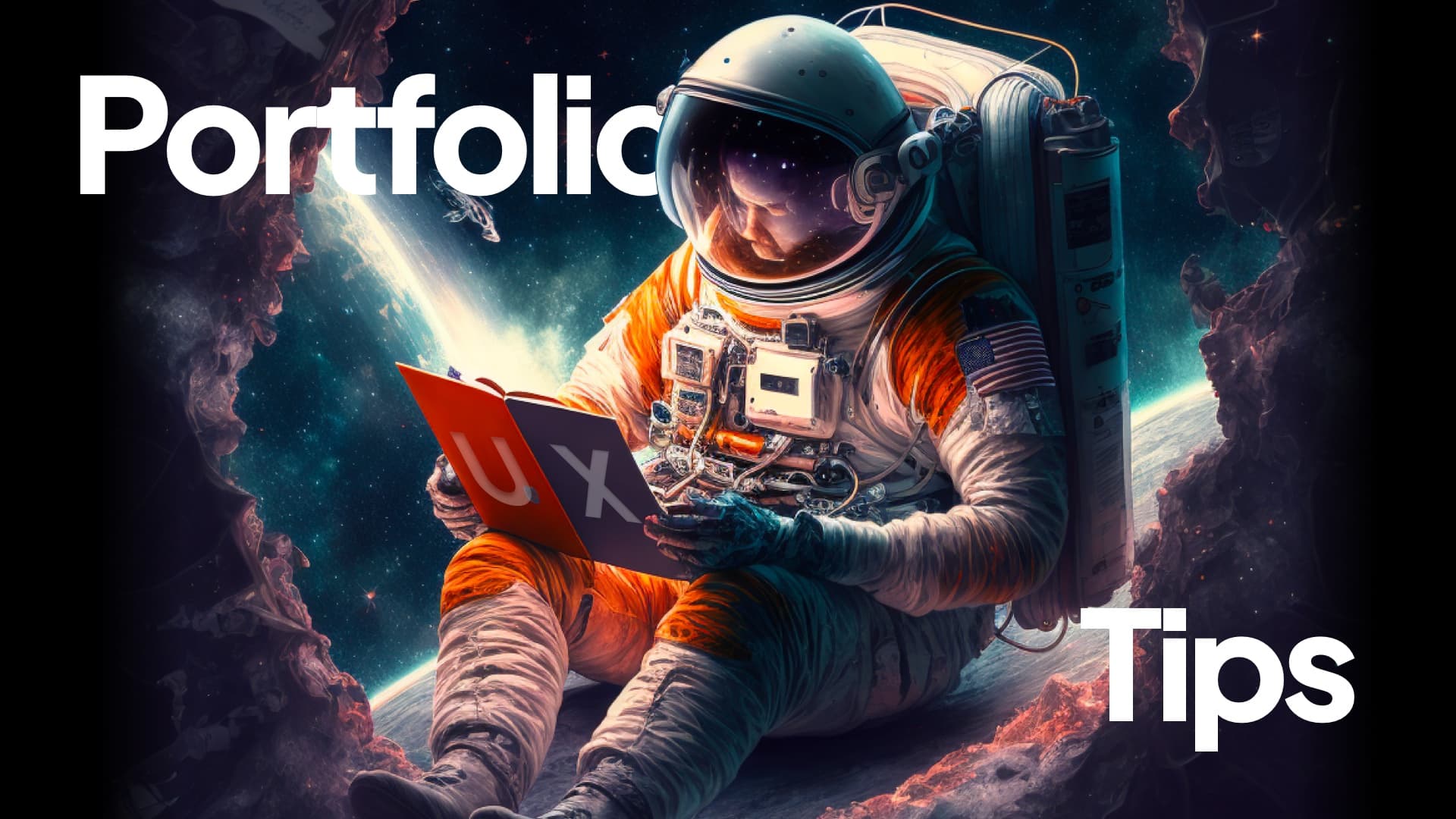Do Your Portfolio Right.
A step by step guide.
Over the last 2+ years I looked at over 500 junior designer portfolios and gave them free feedback. Because many of these people kept in touch, I also knew which ones of them got the job they wanted and how long it took them.
I started to notice some patterns for success.
That helped me to start seeing some patterns in their portfolios and I decided to share those patterns as a simple, step by step guide.
As usual, the article is also available as a video and you can watch me explain everything here:
Let’s begin!
Your portfolio is the most important thing when you’re looking for a job. Sure, the Resume is also important, but many companies only read your resume AFTER they evaluated your work.
Portfolio is often their first point of contact with you. Make it count!
Let’s combine the good patterns from successful portfolios into a starting template.
Start with the font
Avoid serifs, decorative fonts and anything funky. Your portfolio is about your work, so everything around it should be easy to process and functional.

Once you get more experience you CAN use serif fonts, but they’re simply more difficult to do well.
I always recommend a small set of fonts to all juniors to ONLY use those until you feel comfortable with typography. These are Satoshi, Plus Jakarta sans, Poppins and Inter.
And yes, you can use Roboto if you REALLY like it.
Your portfolio is about your work, so everything around it should be easy to process and functional.

The background
The Background should be simple. I’ve seen countless portfolios with background photos, textures or even videos.
All that takes the attention away from what’s really important — your work.

I think the best choice to go for is white, unless you’re doing your portfolio in Dark Mode. You can try subtle shades of color, but always keep them at 90% lightness. As with fonts, picking colors that don’t clash is not always a strong skill with junior designers.
White or black for the background is the best choice.
Now let’s talk about…
The header
Your brand is your name at this point. The top left corner should simply be a readable, easy to see name of the person the recruiter is looking for.

Many designers try to create a logo for themselves, with various results. I’ve seen really great logo ideas from junior designers out there, combining typography and shapes in a very creative way, but these are rare.
If you’re just starting your journey, chances are your logo won’t be that good so skip the visual. Make it a thick, bold font. Make it clear and visible.
If your background is white use an almost black font, something along the lines of #2E2E2E.
The menu
Keep the navigation simple — work , resume and contact are all you need.

Simple navigation is best. If you can fit everything within one page it can also be a good idea!
How to start the page
Definitely don’t do a full screen text saying “Hi I’m an aspiring designer” — it pushes your projects down, out of view and they are what’s important here.
Don’t do a full screen “hello” text!

Full screen intros push your projects down too much!
But having a bit of context above them can be good, just keep it short and try to avoid cliches. It’s obvious that you’re an aspiring junior designer. Just say “I’m a designer” and then add to it what you believe your strengths are.

You can write that you’re a designer that’s super interested in user research and how it affects design. Or you can say you’re a designer that’s heavily focused on crafting beautiful UI’s.
This is more than enough!

End of part1. If you want to learn about the entire process, I’ll add the second part soon, but it’s also fully outlined in the video.





